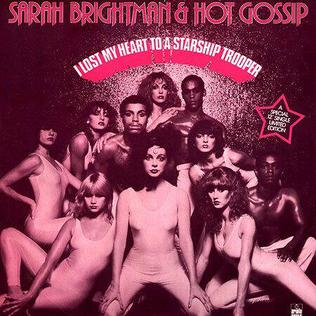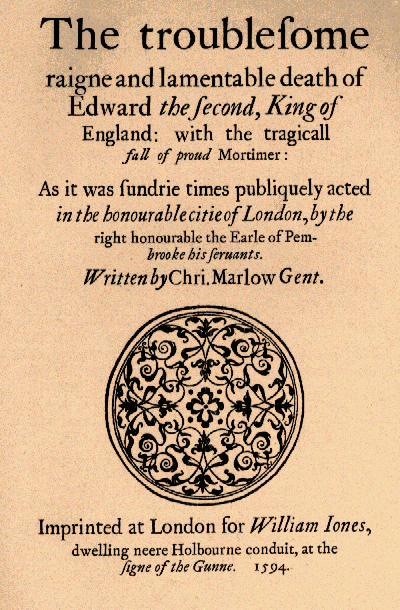 This is a four episode story from the popular TV series Doctor Who. In this one the second Doctor and his pals Jamie (Scottish) and Victoria (Victorian) land on mysterious planet called Telos and fall in with some space archaeologists, who are looking for the eponymous tomb of the Cybermen. Said tomb turns out to be some class of trap laid by the rubbish cyborgs, though even after a close watching of this story I am still unclear as to what the Cybermen were hoping to accomplish that could not have been accomplished by not entombing themselves. For all the plot problem, the story just about deserves its reputation as a classic of early Doctor Who, with the episode two cliffhanger of the Cybermen waking up and bursting out of their cells being one of the programme's most memorable. The story also features the great stock character of Doctor Who, the human villain who thinks that by doing some kind of favour to implacable aliens they will assist him (usually him, though in this case also a her) in conquering the Earth; this always ends well.
This is a four episode story from the popular TV series Doctor Who. In this one the second Doctor and his pals Jamie (Scottish) and Victoria (Victorian) land on mysterious planet called Telos and fall in with some space archaeologists, who are looking for the eponymous tomb of the Cybermen. Said tomb turns out to be some class of trap laid by the rubbish cyborgs, though even after a close watching of this story I am still unclear as to what the Cybermen were hoping to accomplish that could not have been accomplished by not entombing themselves. For all the plot problem, the story just about deserves its reputation as a classic of early Doctor Who, with the episode two cliffhanger of the Cybermen waking up and bursting out of their cells being one of the programme's most memorable. The story also features the great stock character of Doctor Who, the human villain who thinks that by doing some kind of favour to implacable aliens they will assist him (usually him, though in this case also a her) in conquering the Earth; this always ends well.Tomb of the Cybermen follows directly after Evil of the Daleks, in which said Daleks killed (nay, exterminated) Victoria's father. There is a quite touching scene in this story in which the Doctor (played by Patrick Troughton) talks to Victoria about grief and her memory of her father, referring obliquely to his own lost loved ones. In days of yore Doctor Who was primarily aimed at children, so I cannot but think this scene was intended as a comfort to any children who might themselves have lost family members.
The story also features Cybermats, which are kind of like rats that have been turned into animal versions of the Cybermen or something. I think they are meant to be threatening, but as is the way of such things they end up looking quite cute.
These days however Tomb of the Cybermen is often noted for its problematic racial stereotyping - Middle Eastern people are shifty while Africans (or the story's one African) are muscleheads. And Americans are all "gee golly" etc., showing yet again the downpression and negative stereotyping white Americans must endure on a daily basis. I thought maybe the stereotyping was not the worst I have ever seen, but then I am notorious for my unwoke nature.
image source (Wikipedia)


